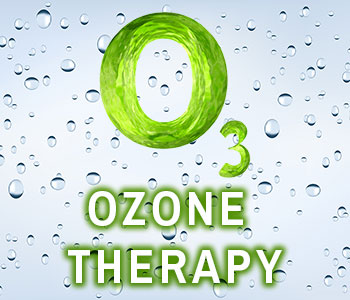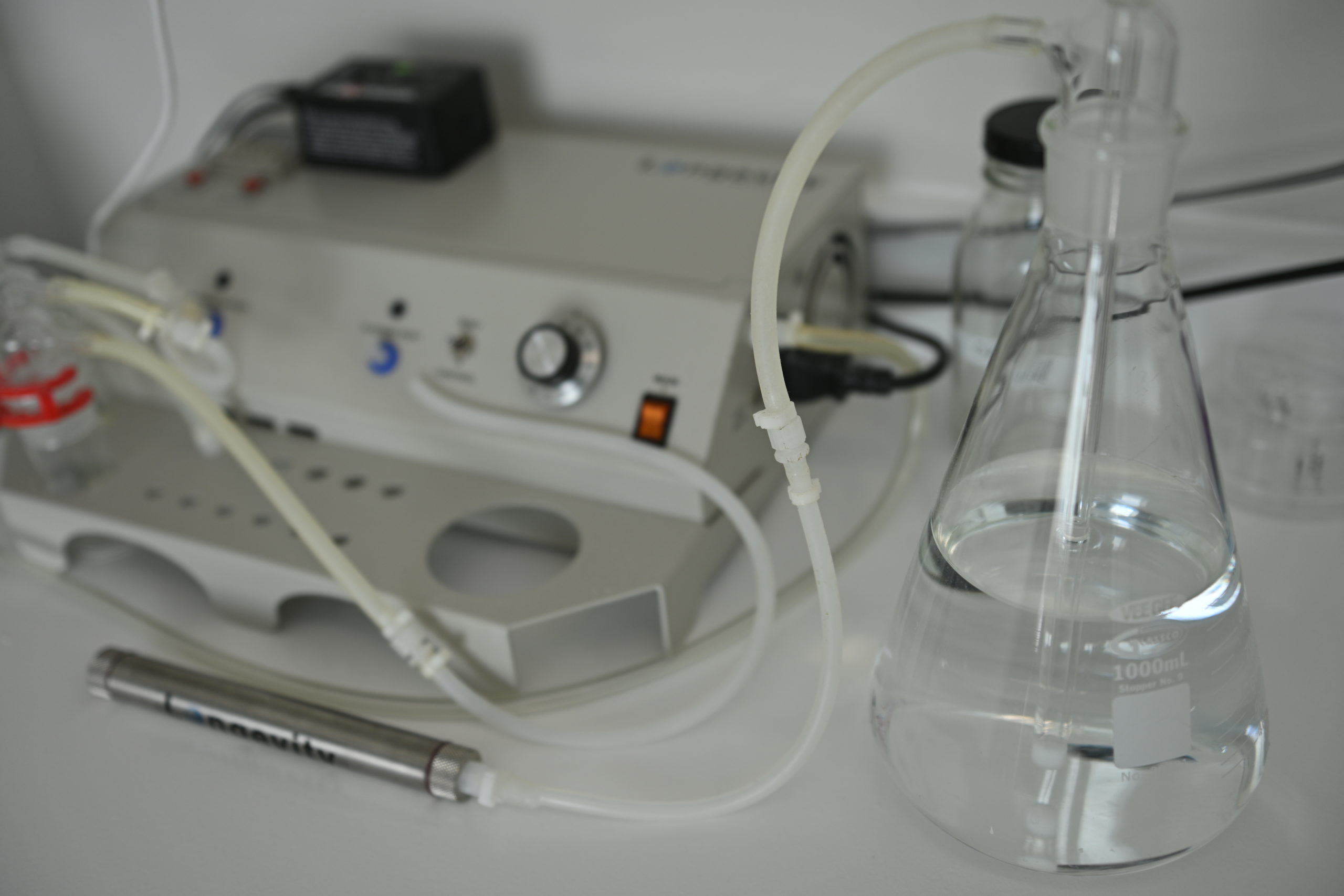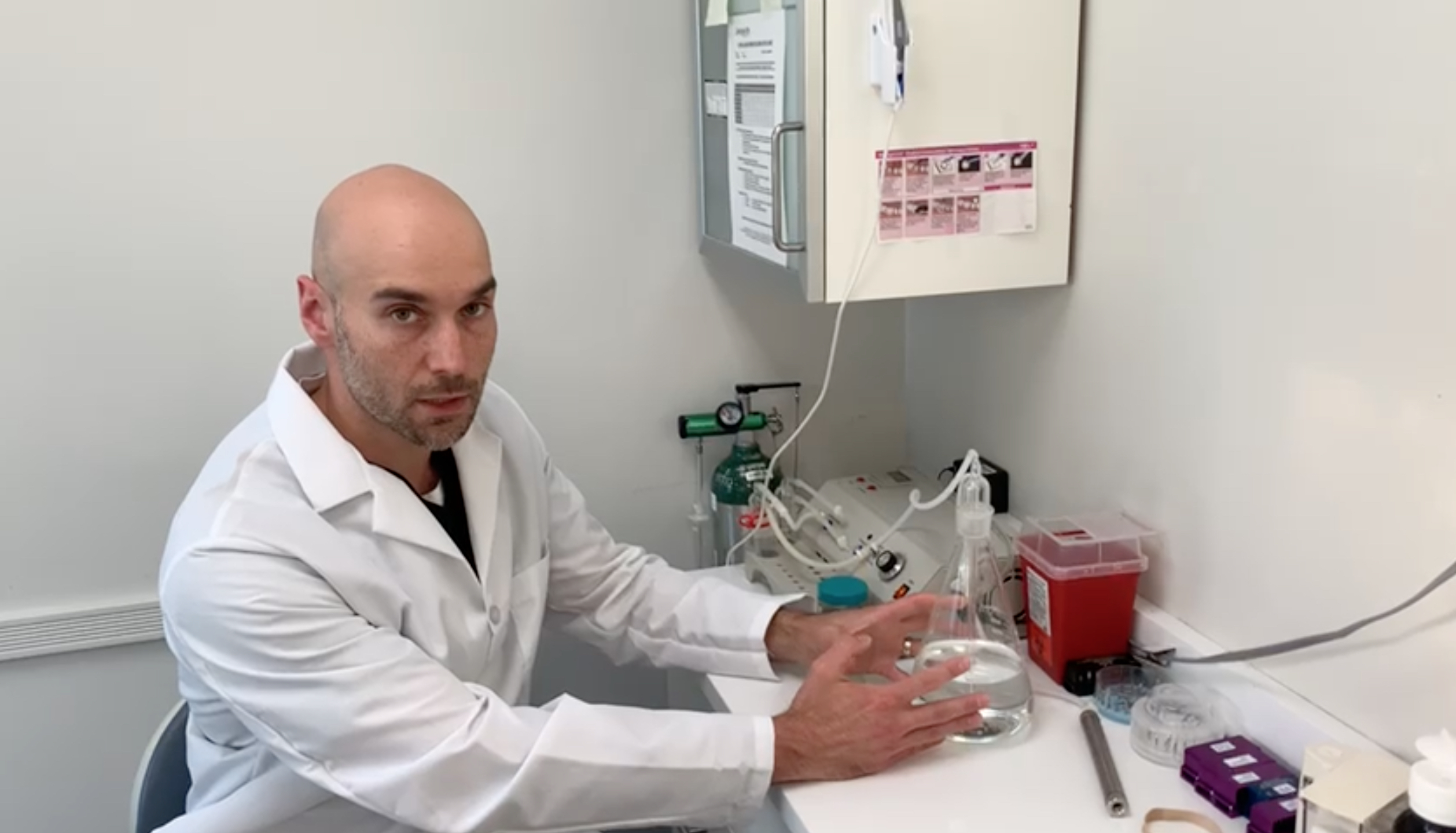Ozone Therapy
 The Earth’s ozone layer protects us from harmful sunlight that causes skin cancer. Similarly, our bodies produce ozone at the white-cell level to kill offending microorganisms. When oxygen splits into two separate molecules and then collides under electrical charge, forming O3, ozone is formed. Ozone can clean tissues in the body that have become unhealthy. Ozone, whether gas or a liquid, is a powerful oxidant capable of destroying disease-causing pathogens.
The Earth’s ozone layer protects us from harmful sunlight that causes skin cancer. Similarly, our bodies produce ozone at the white-cell level to kill offending microorganisms. When oxygen splits into two separate molecules and then collides under electrical charge, forming O3, ozone is formed. Ozone can clean tissues in the body that have become unhealthy. Ozone, whether gas or a liquid, is a powerful oxidant capable of destroying disease-causing pathogens.
The medical community has been using ozone to treat a variety of diseases and speed up wound healing. Controlled ozone application has been found to be safe and free from side effects. One of the many benefits of ozone therapy in dentistry is this substance has no contraindications and no risk of allergic reaction because it is simply energized oxygen.
It is estimated that hundreds of dentists are utilizing ozone in a variety of areas including periodontal therapy, remineralization of early lesions, root canal therapy, and decay therapy. We are pleased to have the ability to achieve optimal outcomes with the inclusion of ozone therapy in dental care. Some of the ways in which ozone may be used in the dental office include:
- Restoring teeth. As a gas, ozone can permeate various tissues and reach areas where a liquid may not. Ozone gas may be applied to any surface of the tooth and destroy decay-causing bacteria. Ozone therapy is highly effective in treating pulp exposures/deep dental caries.
- Disinfecting. Ozone is used as a disinfectant in the final stage of root canal therapy prior to sealing the canals. Ozonized water is used as a pre-treatment mouth rinse.
- Accelerating surgical healing. During implant surgery, ozonized water is used as a topical disinfectant as well as a healing agent. Ozone is used to salvage failing implants and pre and post-extraction.
- Promoting healthy gum tissue. Periodontal disease is an infection of the tissue and bones that support the teeth. Pericoronitis can develop when wisdom teeth only partially erupt allowing an opening for bacteria to enter around the tooth and cause infection. During deep cleanings, ozone may be used as an oral rinse or may be applied in gas form into pockets around teeth.
- Eliminating mouth infections. Ozone is used to treat angular cheilitis, the breakdown of the skin at the corners of the mouth caused by fungi or bacteria; a viral infection called herpes; and oral ulceration (a loss of the mouth’s mucous substance) including post-radiation ulceration.
- Neutralizing odors such as patient prostheses and orthotics. The scent in the air during a lightning storm or rain is due to a higher concentration of ozone. In dentistry, it is used as a highly effective odor neutralizer.













